What are balls for washing down jackets?
In our climate, it is difficult to find a person who can do without a comfortable and practical down jacket in winter. Unfortunately, down jackets get dirty with enviable regularity, and many are simply afraid to wash bulky winter clothes in a washing machine. Everyone has heard stories of jackets hopelessly damaged after washing, with lumps of feathers under the lining.

Indeed, automatic washing of a down jacket in a typewriter requires care and adherence to certain rules. But before we paint the algorithm for the care of downy winter clothes step by step, we will open the main trump card. The secret of success, which will allow you to keep your winter jacket "in good shape" for a long time, is called washing balls.

Why do we need balls for washing
Among the products invented to improve the quality of washing, reusable balls deserve separate premium words. They are made from different materials and affect the washable laundry in different ways. What unites them is the result - clean clothes that have retained their shape and color after washing.

Surely, you have seen how linen is "pressed" inside the washing machine. Sticking tightly to each other, things are washed worse, dirt is reluctant to leave them. The main function of reusable balls is to distribute clothes evenly, to prevent the items from sticking and twisting. But that's not all!

Balloons also help:
- better to remove dirt;
- it is better to rinse clothes, completely getting rid of detergent residues;
- prevent the appearance of whitish stains on fabrics after washing;
- beat the fluff and distribute the filler evenly.

The principle of the balls
What happens when, together with things, we put several round hard spheres in the typewriter? By falling between individual items of clothing, the balls prevent mala in the drum and help each item get its share of detergent, foam and clean water when rinsing.

In addition, there are innovative balls that have an additional effect on clothes in the washing machine. How else can washing balls help:
- soften the water. The secret is simple - the softer the water, the better the clothes are washed;
- prevent the appearance of pellets and puffs. Special balls are produced for wool and other delicate materials;
- get rid of allergens. Some types of balls have antibacterial properties.

Important! Almost all laundry balls save you money as less powder or shampoo is used.
Since the principle of operation is different for each type of balls, a good hostess always keeps in stock several sets designed for different types of fabrics.
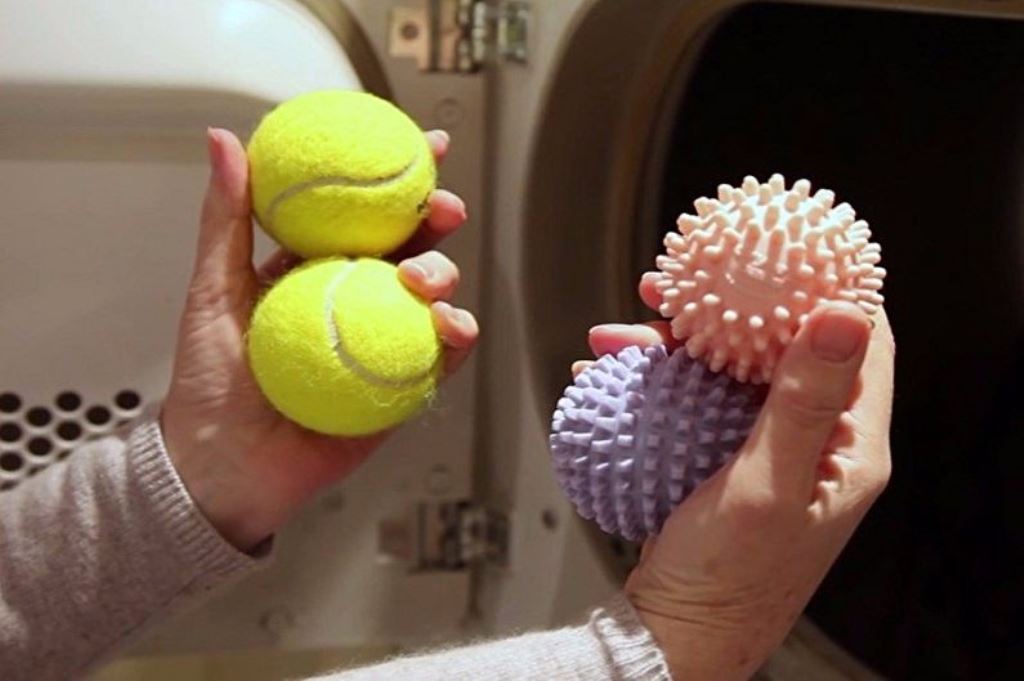
What balls are best suited for washing a down jacket
Down jacket - bulky and rather heavy clothing. It is not difficult to choose which balls to wash a down jacket with, if they meet the following requirements:
- helps to evenly distribute the feather and down filling inside the lining;
- Perfectly removes stains and dirt from the garment - even on tricky areas such as the edges of the sleeves and the bottom of the hem;
- ensure complete rinsing of the detergent from the down jacket.
From this it follows that the balls should be quite heavy and hard, but not so much as to damage the "insides" of the washing machine. For this reason, rubber balls are better than plastic ones.

"Pimples" or thorns on washing balls are welcome - they distribute fluff and feathers better. If you have rubber massage machines at home to strengthen your palms, you do not need to spend money on special balls.

If you need to wash urgently, and you have not stocked up with balls for washing your down jacket in the washing machine, do not be discouraged! We'll show you how to find items at home that will help you clean your winter jacket properly.

Types of balls
There are several types of balls that can be purchased to ensure the best possible wash performance:
- with tourmaline granules;
- magnetic;
- plastic or rubber type "hedgehog";
- polypropylene with loops.
The tourmaline ball looks like a round "hole" rattle with capsules with minerals inside. The advantage of tourmaline balls for washing is that, in addition to mechanical action on dirt, they destroy germs, mold and small particles-allergens. Tourmaline makes the water more alkaline, which means you can wash it even without powder.

Magnetic balls are attracted to each other during washing, helping to cleanse fabrics from dirt. As with tourmaline, the magnets soften the water, which increases the efficiency of dirt removal and reduces the amount of powder.
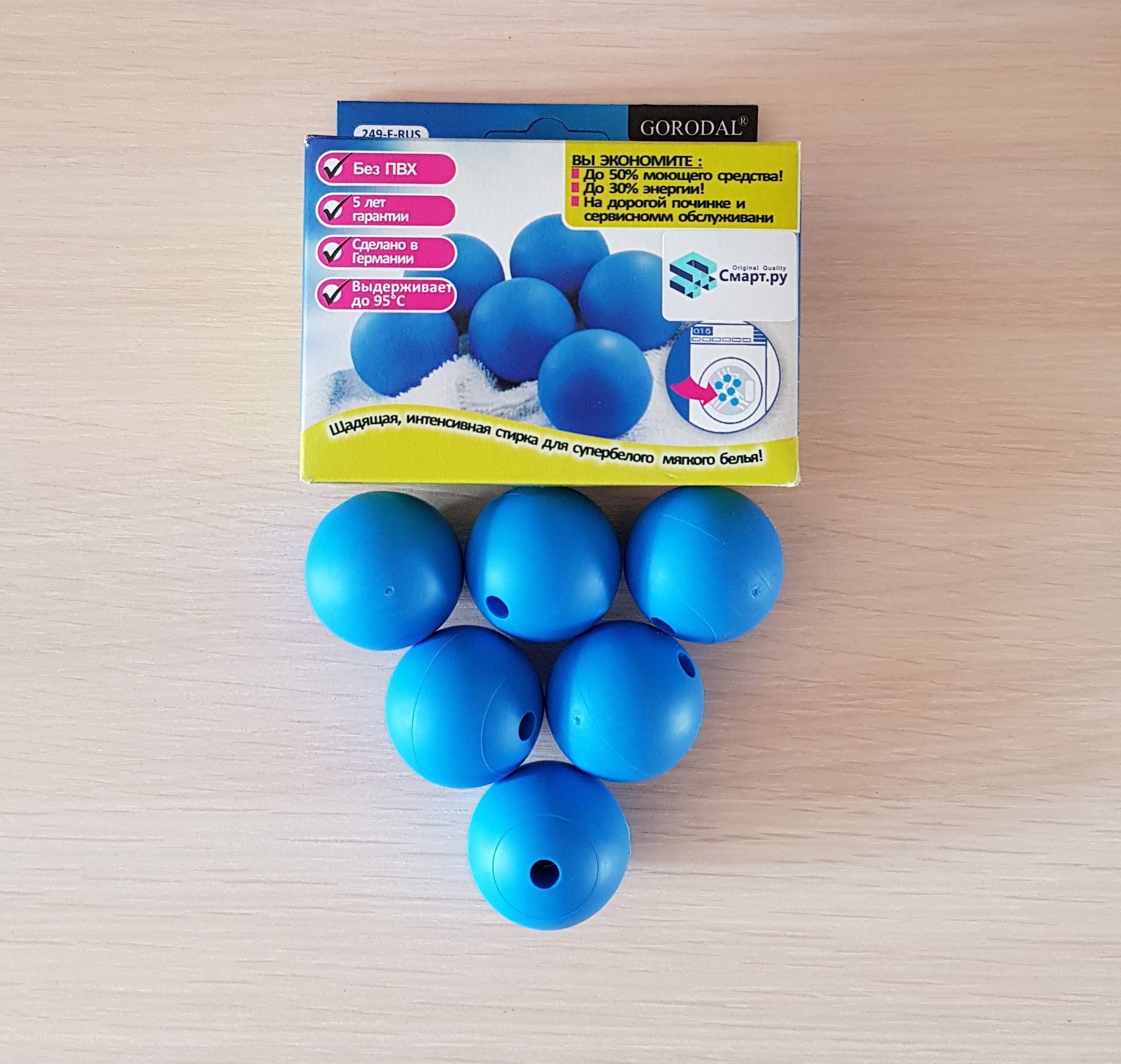
The hedgehog balls work mechanically. They separate items of clothing, preventing them from sticking together, and "knocking" dirt out of them during washing.

The propylene balls are covered with mini-loops, which gently “massage” woolen items, preventing pellets from appearing. These light balls are just a godsend for owners of cats and dogs, as they are good at cleaning clothes from hairs and take care of washing machines, preventing clogging of the filter.
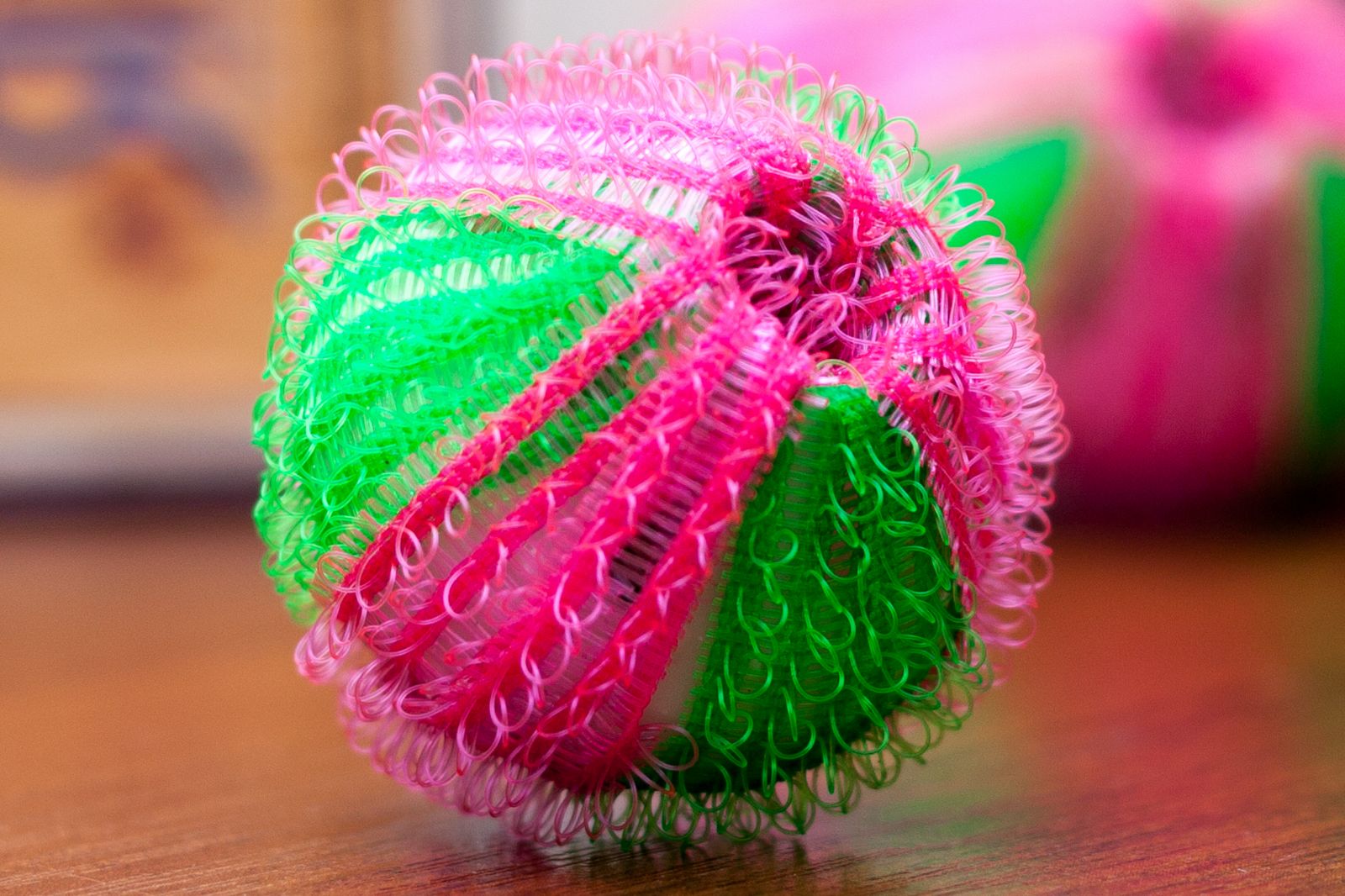
How to use them correctly
The general rule for all types of store balls is not to use them at temperatures over 50 degrees. Any material, rubber or plastic, suffers and breaks down at high temperatures.
After use, the washing balls must be dried, and the tourmaline balls must be kept in the sun.
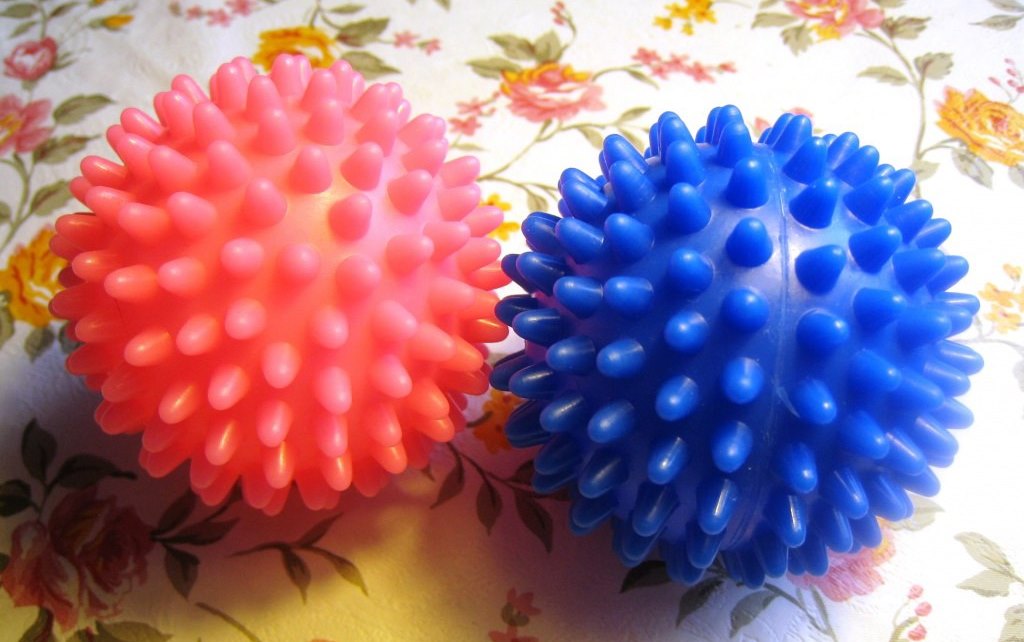
As for the number of balls for washing, here you can be guided by the weight of the items being washed. The heavier the things loaded into the machine, the more balls you need. For a standard wash, a couple of hedgehog balls or tourmaline "rattles" are enough. When washing heavier, bulky items, four balls will work better than two.

What can be replaced
The best substitutes for store-bought laundry balls are tennis balls and baby rubber or silicone balls.

Advice. First, run a light program with just balls or soak them in boiling water. They will be cleaned if they were "in the game" before, and you are 100% sure that balls with bright colors do not shed on clothes.
Another easy replacement is baking foil. Roll balls out of it and run them into the wash. In addition to the general properties of laundry balls, foil balls remove static electricity.
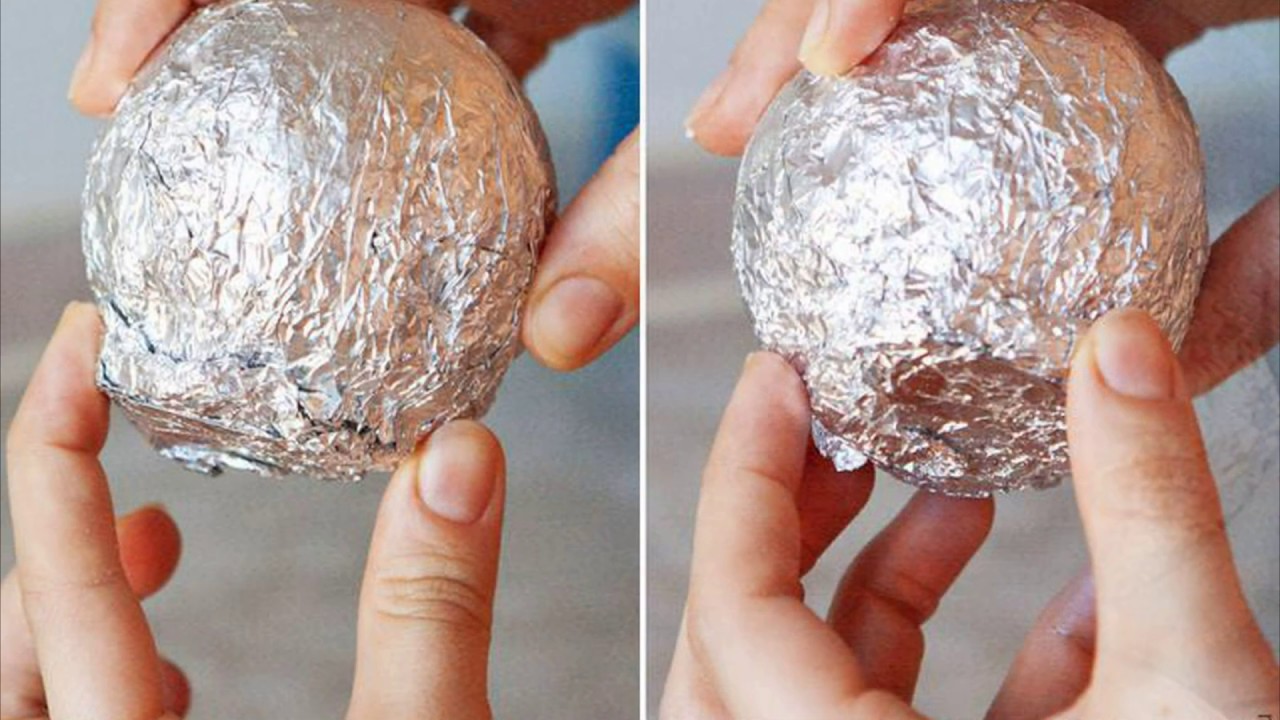
Attention! On the Internet, you can find information that washing balls can be replaced with washed potatoes. We do not recommend experimenting. Potatoes can not only leave unwanted marks on your clothes, but also damage the drum of your machine.
Down jacket care rules
Before putting it in the washing machine, the down jacket must be turned inside out.
Attention! Don't forget to turn the sleeves out too!
Be sure to fasten the "inverted" down jacket with a "zipper". So we better protect the front side of the down jacket, we protect each outer seam from damage. In addition, the closed zipper is less prone to deformation and prevents the appearance of "waves" on the down jacket.

Washing powder is not for down jackets! The peculiarity of this warm clothing is that its filler works like a sieve - it allows water to pass through, but retains grains. Particles of even a very high-quality powder will forever "be registered" inside your down jacket.
We use only liquid detergent for delicate washing. It rinses out easily, leaving no residue either in the filler or on the fabric.

We put several balls for washing into the washing machine. Two pieces are enough for a jacket. For bulky coats, it's best to take three to four balls.
The maximum washing temperature is 30 degrees. We recommend at least three rinses.

If you have to hand wash your down jacket, pay special attention to rinsing. Change the water until you feel the soap is completely gone. If you ignore this advice, you can get ugly white stains on the down jacket, especially noticeable on dark-colored clothes.
Advice. Never wash down jackets with other things, so as not to waste time pulling feathers out of the injured "wash neighbors".
How to dry a down jacket
It is not recommended to use the machine spinning after washing, even in a delicate cycle. It is better to "transfer" a wet down jacket from a typewriter into a basin and spread the clothes over the bathtub to drain the water. When the coat becomes "lifting", you need to cuddle it, getting rid of the remaining moisture - much like they do with woolen sweaters.After that, the down jacket can be hung in a warm, ventilated place, or even better - in the fresh air.
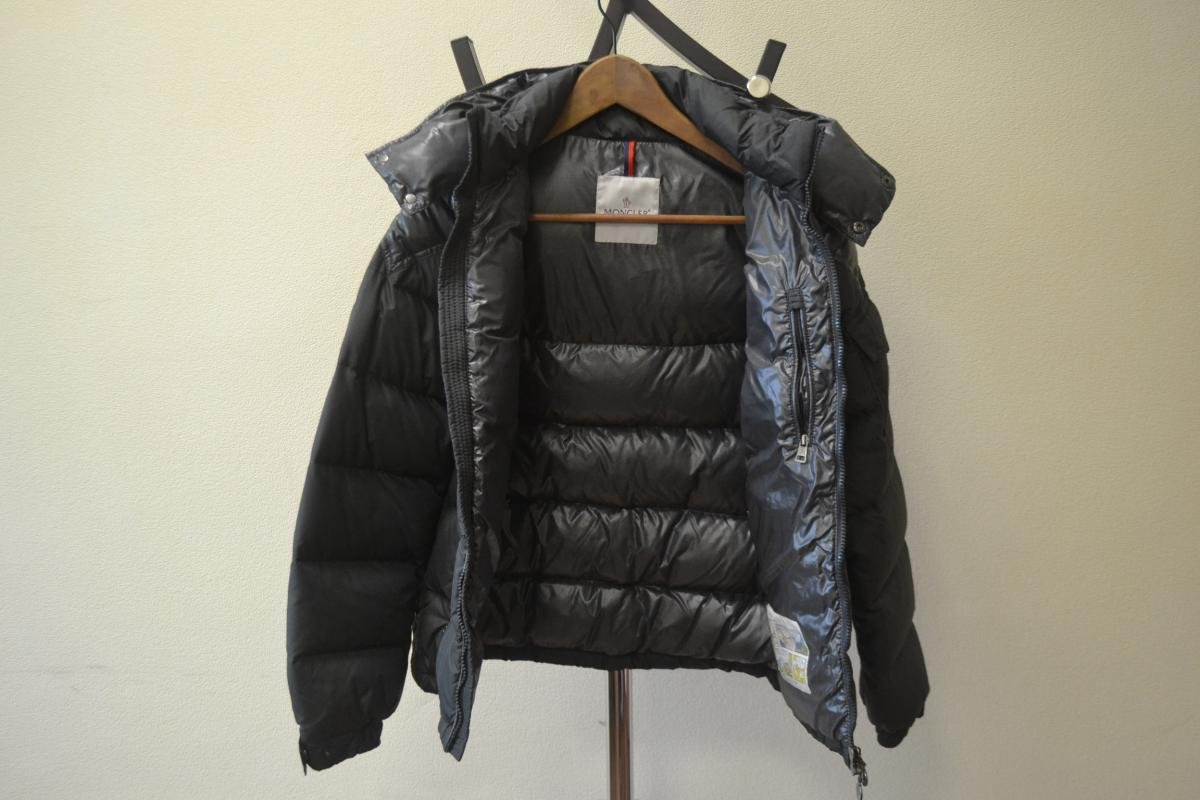
It is strictly forbidden to dry the down jacket in a horizontal position, as well as on a battery or stove! The fact is that feathers are a natural material in which bacteria can form at elevated temperatures and in humid conditions. It is imperative to ensure free air circulation.
The best hanger for drying winter clothes is regular clothes hangers. As it dries, approach the down jacket and evenly distribute the filler with your hands to avoid the appearance of even the smallest lumps.

During drying, the down jacket must be periodically removed from the hanger and shaken like a pillow so that the filler does not stick together and does not slide to one side. The more often and vigorously shaking the down clothes, the better they look after washing.
As you can see, keeping a down jacket fluffy and bright for several seasons is a very real story. Just stock up on balls for washing or their home counterparts and follow all the basic rules for washing and drying down jackets!

Video: balls for washing down jackets





